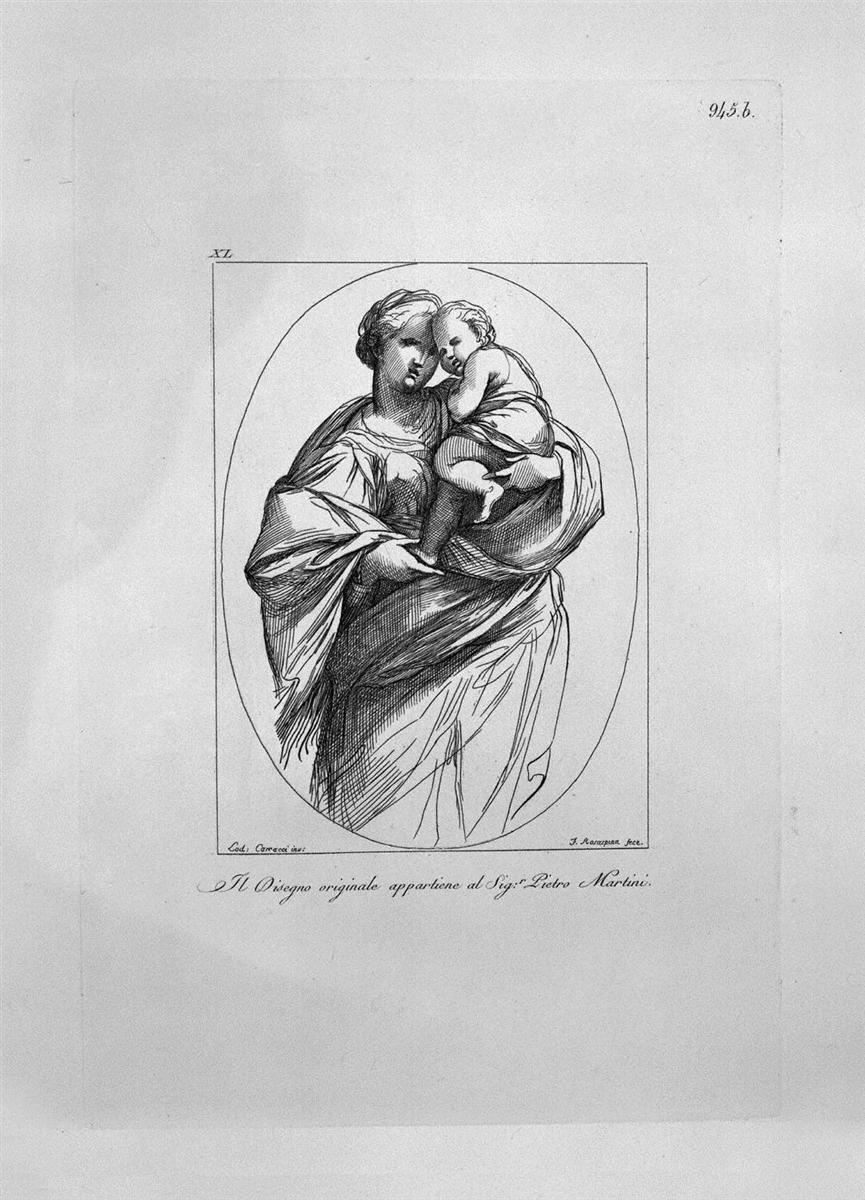『불설아라한구덕경』
K1229
T0126
불설아라한구덕경 /전체1권
● 한글대장경 해당부분 열람I
● 한글대장경 해당부분 열람II
○ 통합대장경 사이트 안내
○ 해제[있는경우]
● TTS 음성듣기 안내
※ 이하 부분은 위 대장경 부분에 대해
참조자료를 붙여 자유롭게 연구하는 내용을 적는 공간입니다.
대장경 열람은 위 부분을 참조해주십시오.
● 자료출처 불교학술원 기금 후원안내페이지
『불설아라한구덕경』
♣1229-001♧
불설아라한구덕경 /전체1권
♥아래는 현재 작성 및 정리 중인 미완성 상태의 글입니다♥
[페이지 내용 업데이트 관련 안내]
❋본문
◎[개별논의]
○ [pt op tr]
[#M_▶더보기|◀접기|
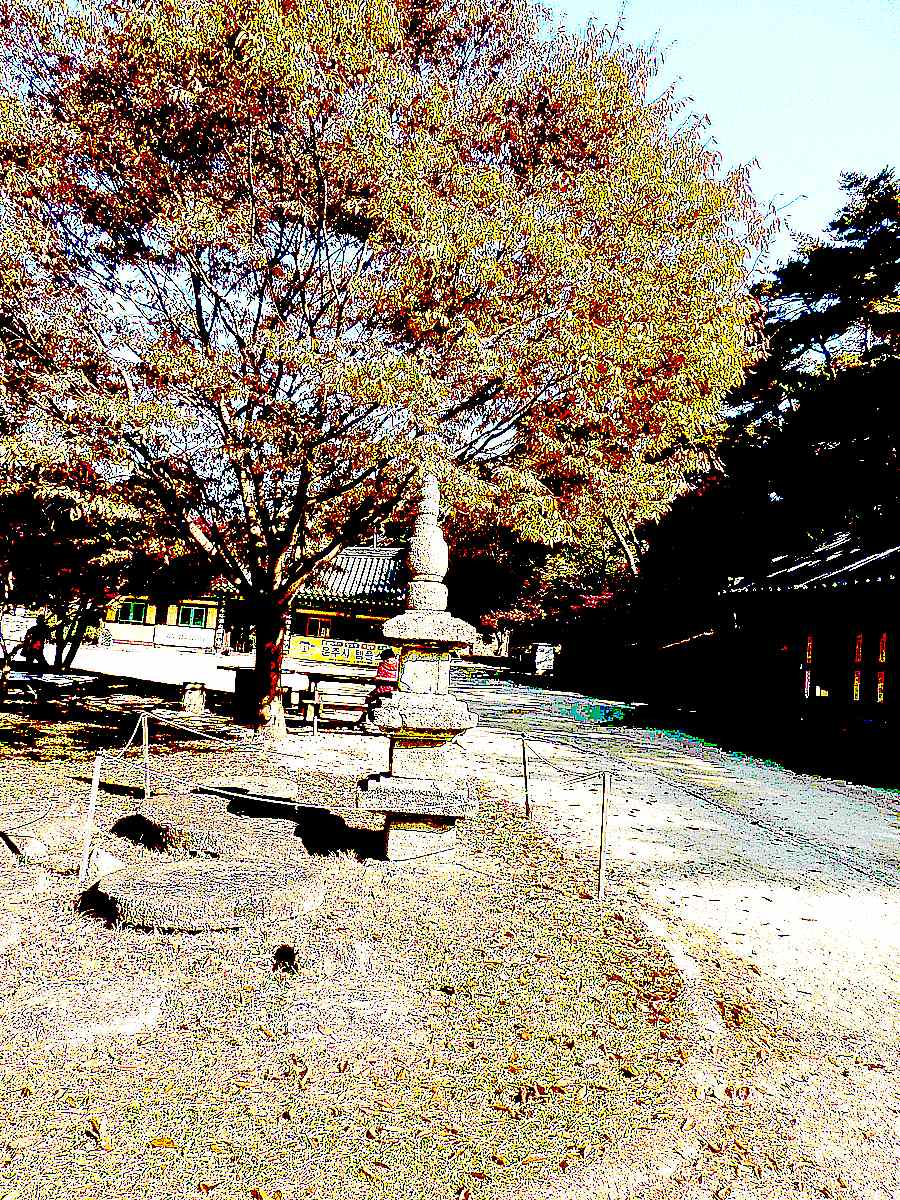
○ 2019_1106_103331_nik_ct8 화순 영구산 운주사
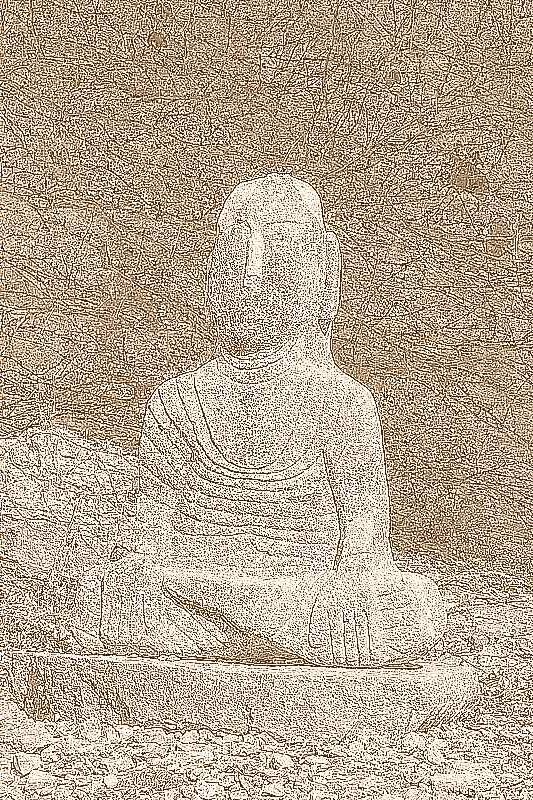
○ 2019_1106_121421_can_ct9_s12 화순 영구산 운주사

○ 2019_1106_130809_can_BW17 화순 영구산 운주사
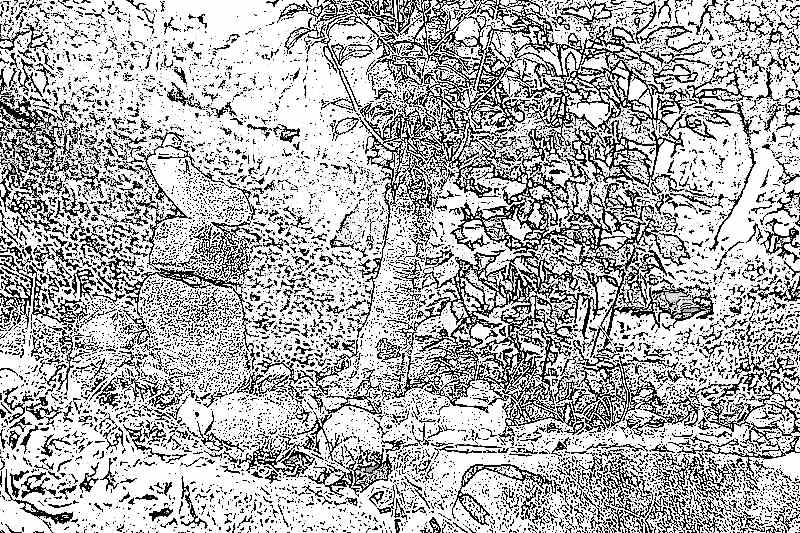
○ 2019_1105_111305_can_BW21_s12 순천 조계산 선암사
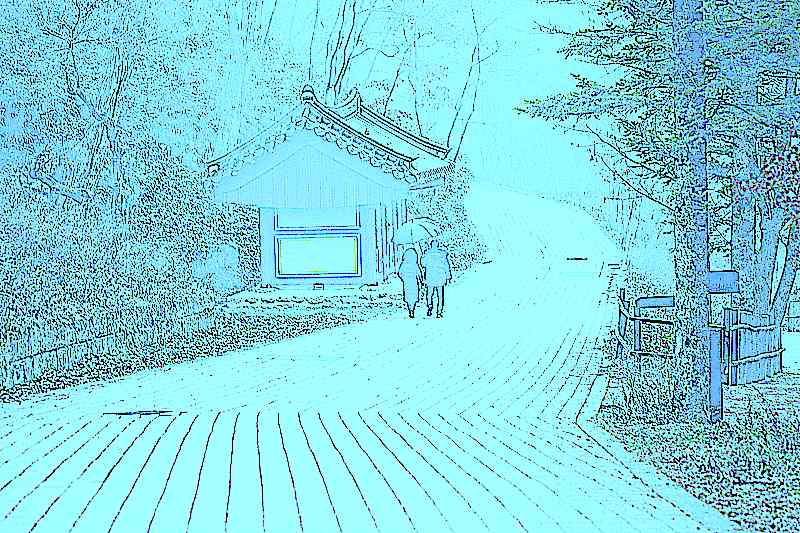
○ 2019_1201_162257_can_Ar26_s12 원주 구룡사
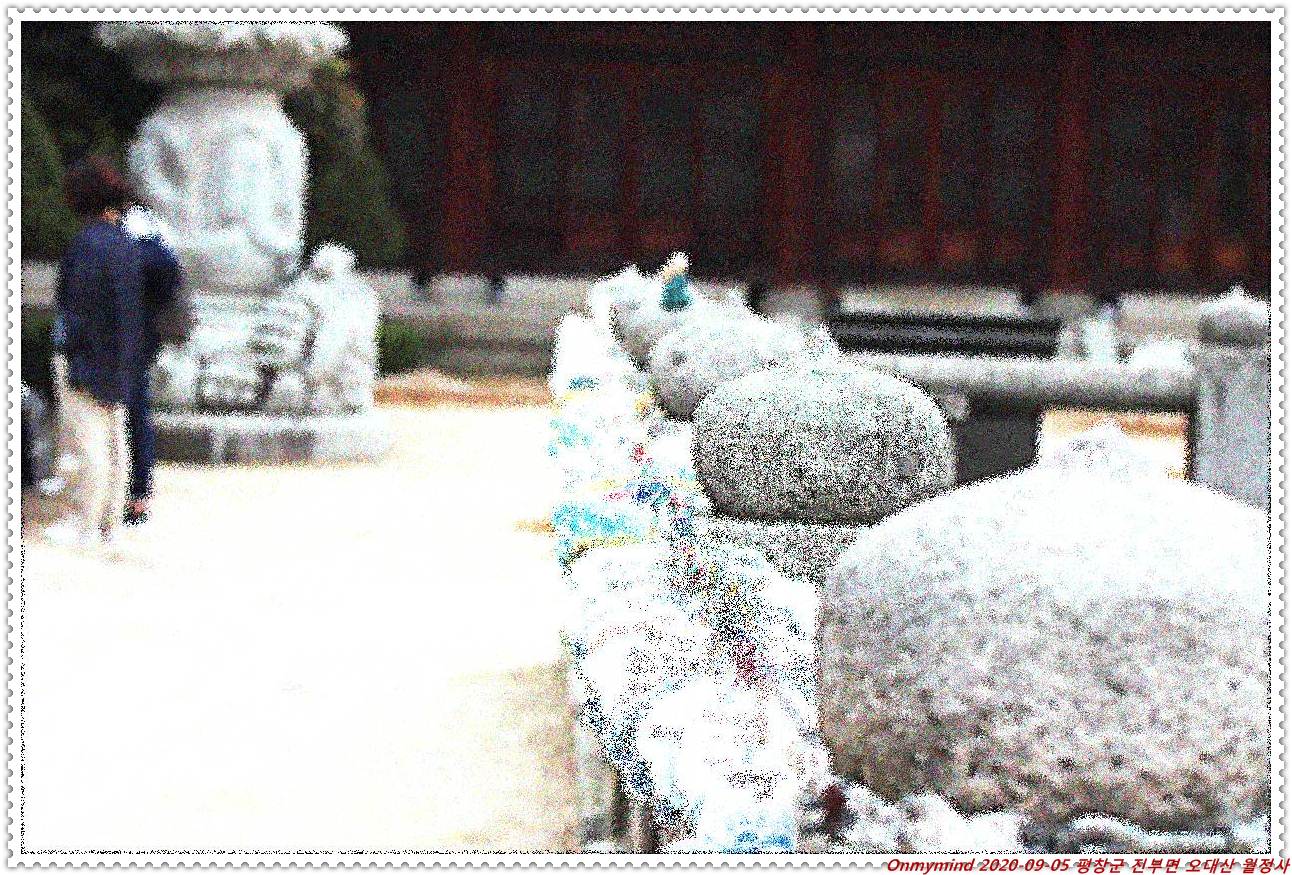
○ 2020_0905_113553_can_Ab27 오대산 월정사
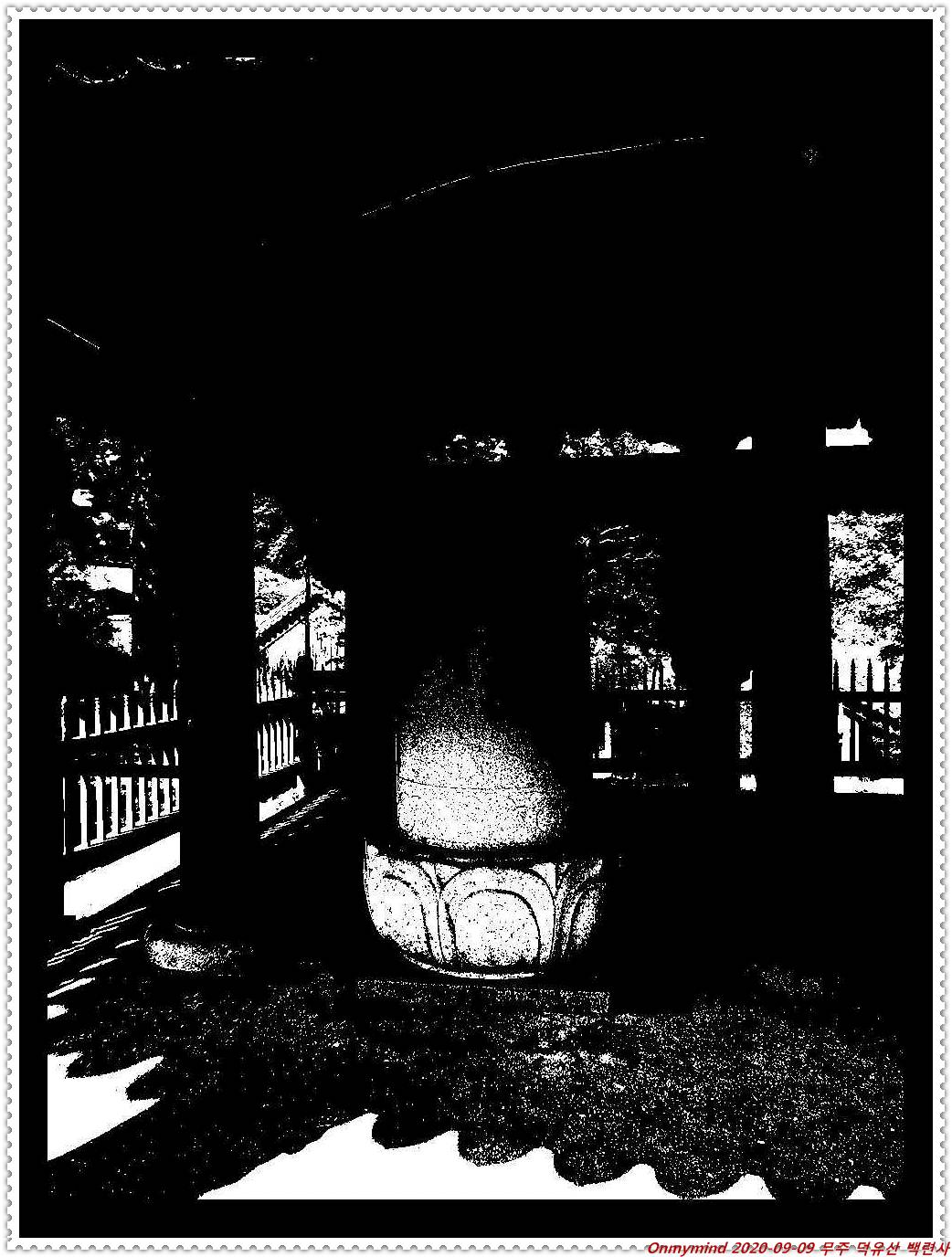
○ 2020_0909_145057_nik_BW27 무주 백련사

○ 2020_0910_134045_can_ab41 속리산 법주사
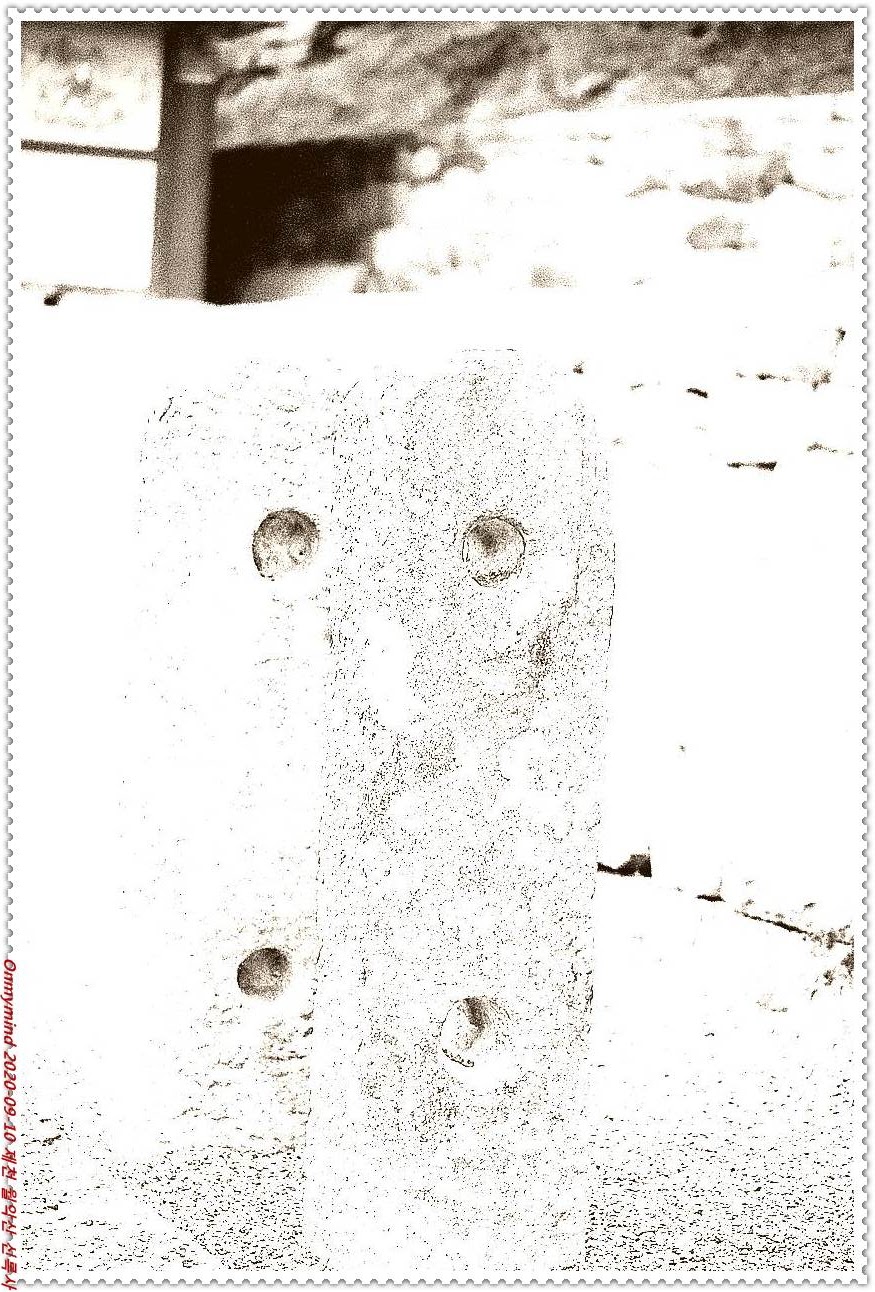
○ 2020_0910_182750_can_BW17 제천 월악산 신륵사
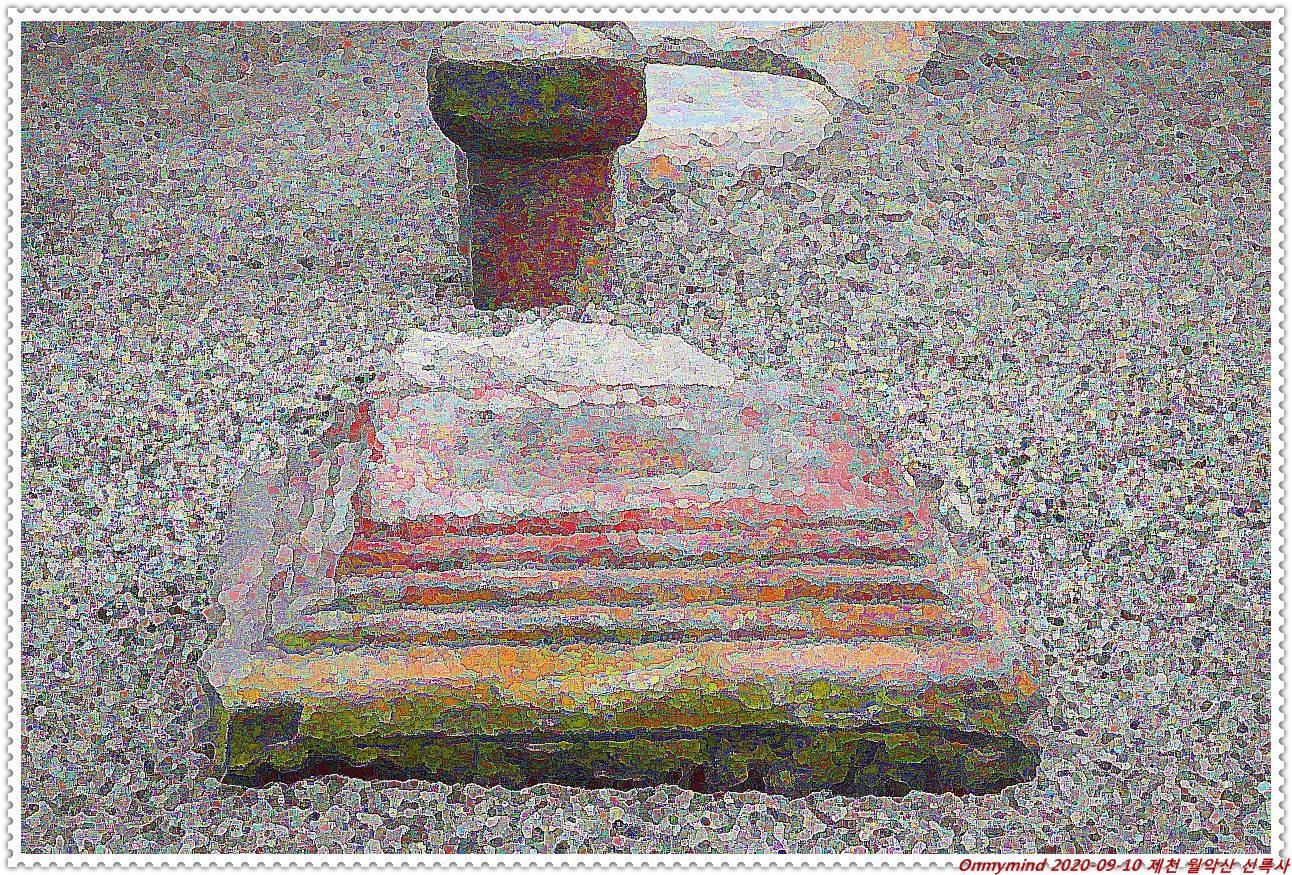
○ 2020_0910_183428_can_Ab31 제천 월악산 신륵사
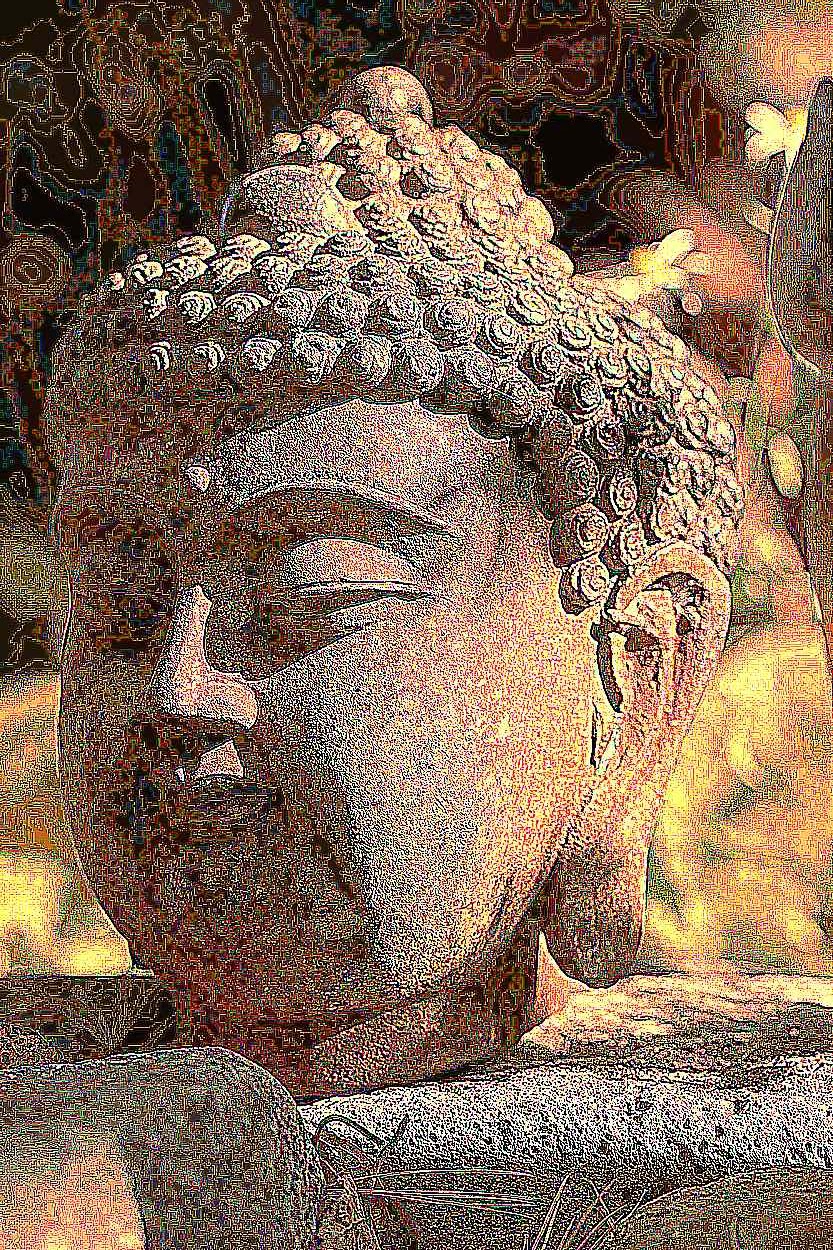
○ 2020_1017_153400_can_ct19_s12 삼각산 화계사
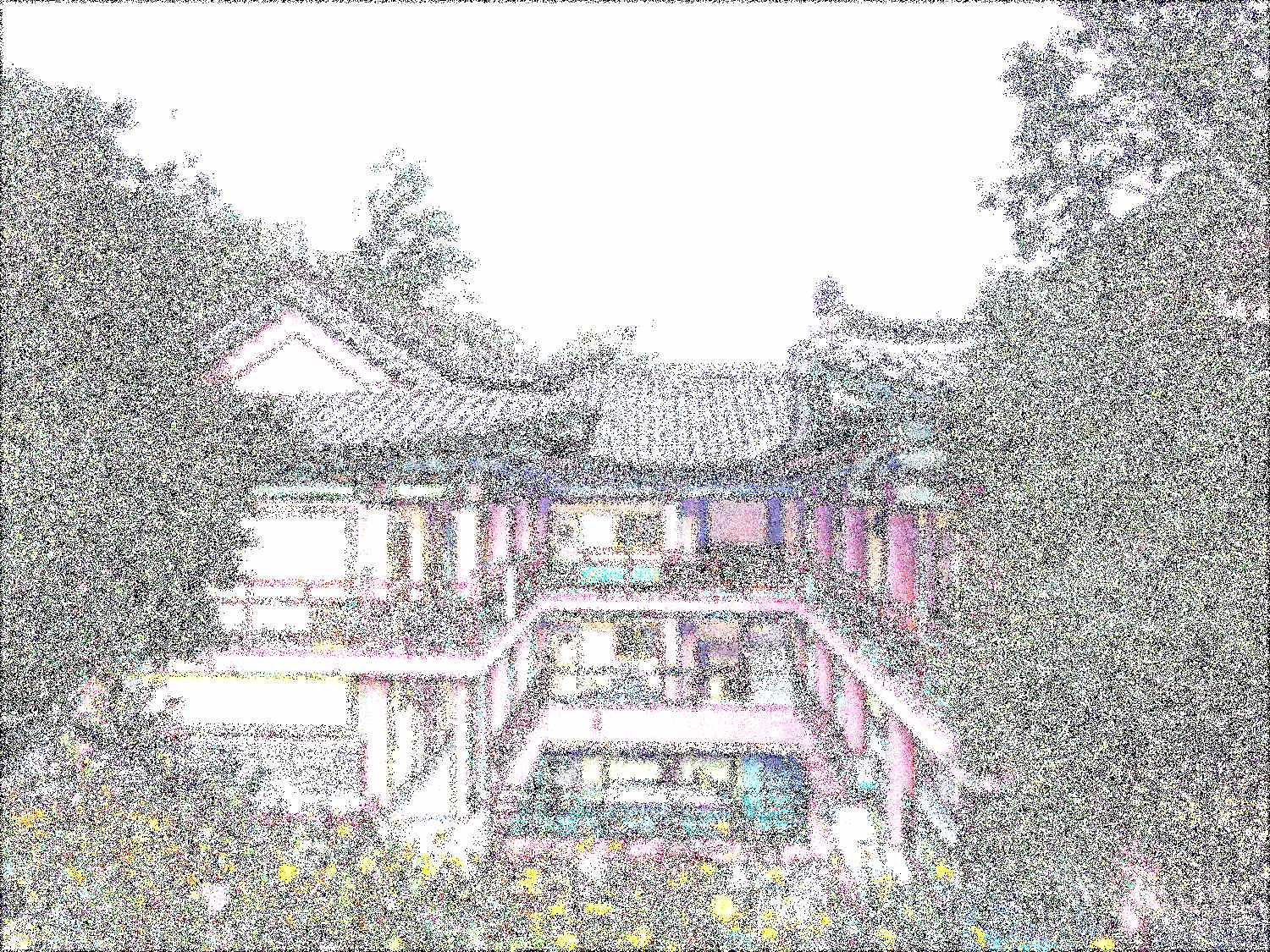
○ 2020_1017_163457_nik_Ab27 삼각산 화계사
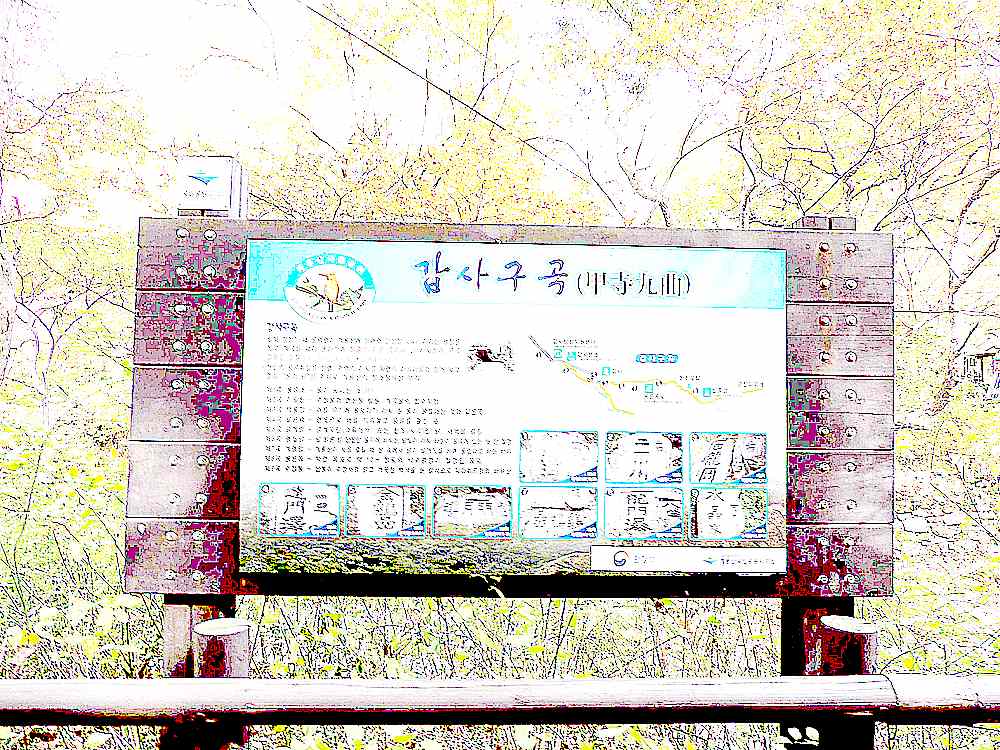
○ 2018_1022_133149_nik_ct8_s12 공주 계룡산 갑사
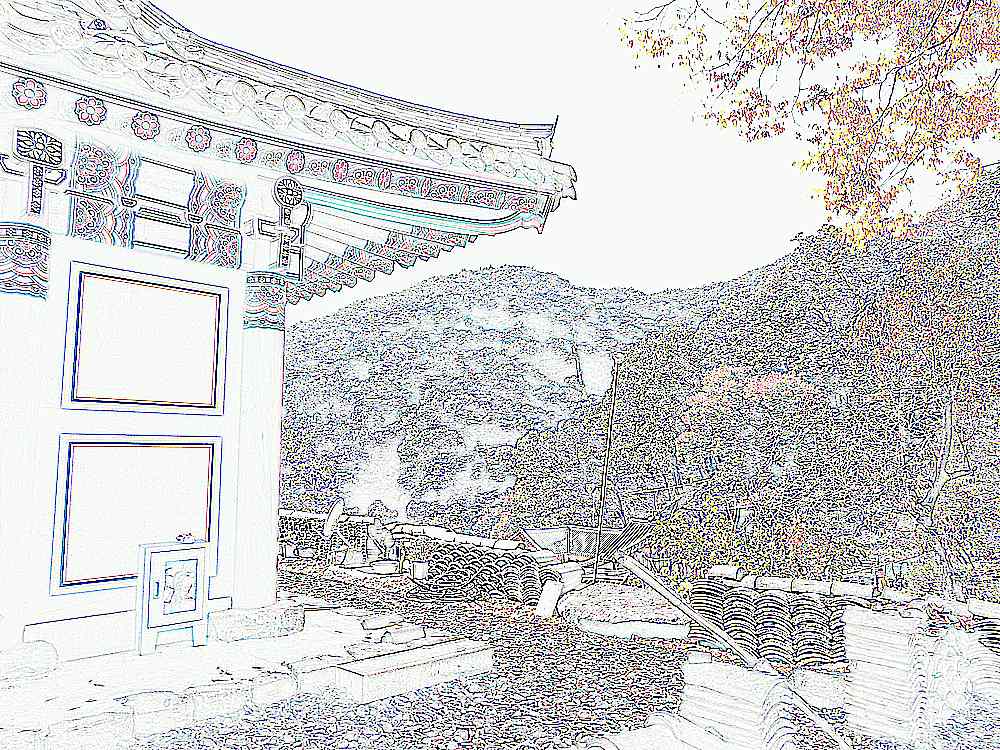
○ 2018_1024_144105_nik_ct18_s12 공주 칠갑산 장곡사

○ 2018_1023_122758_can_CT28 예산 덕숭산 수덕사
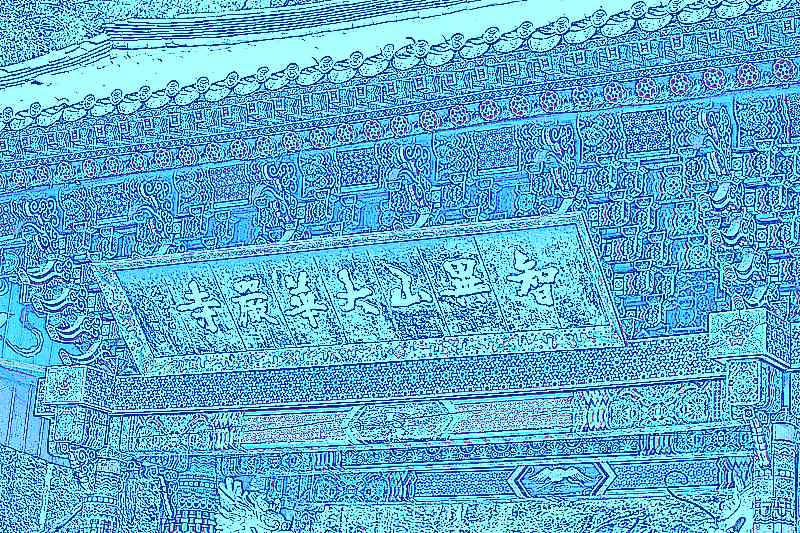
○ 2019_1104_094852_can_Ar26_s12 구례 화엄사

○ 2021_0215_120314_can_ct18용인_연화산_와우정사

○ 2021_0215_114529_can_ct24_s12용인_연화산_와우정사

○ 2021_1001_151845_can_CT28봉화_청량산_청량사
● [pt op tr] fr
_M#]

○ 2020_0910_124228_nik_ori_rs 속리산 법주사
❋❋본문 ♥ ◎[개별논의]
★%★
『불설아라한구덕경』
♣1229-001♧
![]()
◎◎[개별논의] ♥ ❋본문
★1★
◆vqlf9523
| ◈Lab value 불기2568/11/13 |
|
♥단상♥ |
|
문서정보 ori https://buddhism0077.blogspot.com/2024/11/2568-11-13-k1229-001.html#9523 sfed--불설아라한구덕경_K1229_T0126.txt ☞불설아라한구덕경 /전체1권 sfd8--불교단상_2568_11.txt ☞◆vqlf9523 불기2568-11-13 θθ |
■ 선물 퀴즈
방문자선물 안내페이지
다음에 해당하는 단어를
본 페이지
에 댓글로 적어주시면 됩니다.
번뇌를 끊고 적정(寂靜)한 자리에서 발하는 진지광명(眞智光明).
답 후보
● 적광(寂光)
전도(顚倒)
전법륜개(轉法輪蓋)
전식(轉識)
절대묘(絶待妙)
점돈(漸頓)
정근(定根)
ॐ मणि पद्मे हूँ
○ [pt op tr]
[#M_▶더보기|◀접기|
■ 음악
Yves Simon - Les Filles Ont Des Sentiments
Niuver - C'est Toi Que J'aime
Jacques Brel - L'air De La Betise
Raphaël - Les Petits Bateaux
Patrice & Mario - Venus
Sacha Distel - La Belle Vie
Rejane - Une Femme Avec Une Femme
■ 시사, 퀴즈, 유머
뉴스
퀴즈
퀴즈2
유머
■ 한자 파자 넌센스 퀴즈
006▲ 十乂又二人 ■ 십예우이인 6 ( 열 십 )( 벨 예 / 징계할 애 )( 또 우 / 용서할 유 )( 두 이 )( 사람 인 )
058▲ 曳羽有肉聿 ■ 예우유육율 58 ( 끌 예 / 끌리다, 이끌리다 )(깃 우 / 늦출 호 )( 있을 유 )( 고기 육 / 둘레 유 )( 붓 율 / 어조사( 語助辭) 마침내, 드디어 율 ) 재춘법한자
【 】 ⇄✙➠
일본어글자-발음
중국어글자-발음
■ 영어단어 넌센스퀴즈- 예문 자신상황에 맞게 바꿔 짧은글짓기
■ 번역퀴즈
번역
번역연습(기계적 번역내용 오류수정 연습)
■ 영-중-일-범-팔-불어 관련-퀴즈
[wiki-bud] Buddhist paths to liberation
[san-chn] parityaja 捨
[san-eng] rūpasaṁpannau $ 범어 (two)persons endowed with beautiful appearance
[pali-chn] cattāro dīpā 四大部洲
[pal-eng] baadhati $ 팔리어 baadh + ahinders; obstructs; afflicts; ensnares.
[Eng-Ch-Eng] Clarification of What Should be Known 彰所知論
[Muller-jpn-Eng] 支陀 シダ tumulus
[Glossary_of_Buddhism-Eng] CAUSE AND EFFECT☞
See also: Acts of God; Cause and Conditions; Cause is Result, Result
is Cause.
Note the following three related concepts:
I. Cause and Effect
II. Causes and Conditions (q.v.)
III. Dependent Origination (q.v.)
The concept of Cause and Effect is elaborated below. For Causes and
Conditions and Dependent Origination, see separate entries.
“Cause and effect: Every action which is a cause will have a result or an
effect. Likewise every resultant action has its cause. The law of cause
and effect is a fundamental concept within Buddhism governing all
situations.”
Dait: 141
“Story of Ch’an master Pai Chang who liberated a wild fox: One day,
after a Ch’an meeting, although all his disciples had retired, the old
master Pai Chang noticed an elderly man who remained behind. Pai
Chang asked the man what he was doing and he replied: ‘I am not a
human being but the spirit of a wild fox. In my previous life, I was the
head-monk of this place. One day, a monk asked me, “Is an enlightened person still subject to cause and effect?” I replied, “No, He is not
subject to causality.” For this reply alone, I got involved in retribution
and have now been the spirit of a wild fox for five hundred years, and
am still unable to get away from it. Will the master be compassionate
enough to enlighten me on all this.’ Pai Chang said to the old man:
‘Ask me the same question and I will explain it to you.’ The man then
said to the master: ‘I wish to ask the master this: Is an enlightened
person still subject to cause and effect?’ Pai Chang replied: ‘He is
not blind to cause and effect.’ Thereupon, the old man was greatly
awakened; he prostrated himself before the master to thank him and
said: ‘I am indebted to you for your appropriate reply to the question
and am now liberated from the fox’s body. I live in a small grotto on
the mountain behind and hope you will grant me the usual rites for
a dead monk.’ The following day, Pai Chang went to a mountain
behind his monastery, where in a small grotto he probed the ground
with his staff and discovered a dead fox for whom the usual funeral
rites for a dead monk were held. Dear friends, after listening to [this
story], you will realize that the law of causality is indeed a dreadful
thing. Even after His attainment of Buddhahood, the Buddha still
suffered a headache in retribution for His former acts. Retribution
is infallible and fixed karma is inescapable. So we should always be
heedful of all this and should be very careful about creating new
causes.” (Chan Master Hsu Yun.)
True realization of cause and effect can free us from a most pervasive
affliction: anger and resentment. Once, it is said, Buddha Sakyamuni
was falsely accused of fathering a certain woman’s child. When the
deceit was discovered, the Buddha’s followers wanted to beat the
culprit to death. The Buddha calmly stopped them, saying: “Oh,
Bhikkus, in a previous lifetime when I was a king, I was once in a
grove together with my courtiers. At the sight of an ascetic, the ladies
of the party surrounded him, turning their backs on me. Jealous and
angry, I exclaimed, How do you know that this ascetic is not a fake?
How do you know that he does not spend his nights revelling with
women? It is because of that slanderous remark that I have now had
to endure that woman’s deceit. Oh, monks, release her and let her
go in peace.” In the Buddhist world view, nothing happens without
cause. To escape suffering, we must stop causing further suffering.
Acting otherwise is no different than trying to escape one’s shadow by
running in the blazing sun! (See “Chinchamanavika.”)
Pure Land Buddhism
A question often raised is what happens to the law of cause and effect,
the basis of all Buddhist teachings, when a sinner is reborn in the
Pure Land thanks to reciting the Buddha’s name?
(1) On the level of Mind (noumenon level), since all transgression,
worries and fears are born of delusion and ignorance, once we are
enlightened (through rebirth in the Pure Land), all these transgres-
sions, worries and fears are gone. This is as if, in the dark, we mistakenly take a rope for a snake. When we switch on the light and realize
that it is only a rope, there is no longer worry or fear – nothing to
change or repay, no remaining evil karma.
(2) On the level of everyday life (phenomenal level), good and evil
karma do exist, but once we are enlightened and realize that nothing
has intrinsic nature, evil karma and retribution no longer carry the
heavy weight they do for ordinary beings. In fact, an enlightened
person often uses such karma to help the very person he has wronged.
For example, supposing there are two brothers playing a game of
chance on the beach. The elder one, in a moment of greed, cheats on
the younger one, who becomes angry and upset. Once their father
convinces them that the game is only a make-believe, with no real
gain or loss, the elder brother is awakened. He can then gladly accept
his brother’s anger and even turn around to help the younger one
understand as well.
(3) Another explanation of how a sinner can be reborn in the Pure
Land is the other power of Amitabha Buddha: “A minute grain of
sand, dropped on the surface of the water, will sink immediately. On
the other hand, a block of stone, however large and heavy, can easily
be moved from place to place by boat. The same is true of the Pure
Land practitioner. However light his karma may be, if he is not rescued by Amitabha Buddha, he is most likely to revolve in the cycle of
birth and death. With the help of the Buddha, his karma, however
heavy, will not prevent his rebirth in the Pure Land” (“Questions of
King Milindra”, in Thích Thiền Tâm, Buddhism of Wisdom & Faith,
sect. 68 A).
Note: “Devotional Buddhism does not maintain that rebirth in the
Pure Land takes place without a cause, but that the primary factor in its
causation is the invocation of the name of Amitabha. Hence this school
cannot be regarded as denying the general principle of causality.”
[fra-eng] économisai $ 불어 economized
[chn_eng_soothil] 維衛 (維衛佛) cf. 毘 Vipaśyin, one of the seven ancient Buddhas.
[vajracchedikā prajñāpāramitā sūtraṁ] ▼●[羅什] 須菩提, 若菩薩通達無我法者, 如來說名眞是菩薩.」
수보리야, 만일 보살이 <나>와 <법>이 없음을 통달하면 여래는 그를 참
말 보살이라 이름하느니라.”
[玄奘] 善現, 若諸菩薩於無我法、無我法深信解者, 如來、應、正等覺說為菩薩、菩薩!」
[義淨] 妙生, 若有信解一切法無性、一切法無性者, 如來說名真是菩薩、菩薩!」
17-23 यः सुभूते बोधिसत्त्वो निरात्मानो धर्मा निरात्मानो धर्मा इत्यधिमुच्यते, तथागतेनार्हता सम्यक्संबुद्धेन बोधिसत्त्वो महासत्त्व इत्याख्यातः॥१७॥
yaḥ subhūte bodhisattvo nirātmāno dharmā nirātmāno dharmā
ityadhimucyate | sa tathāgatenārhatā samyaksambuddhena bodhisattvo
mahāsattva ityākhyātaḥ ||17||
“수보리여! ‘법들은 자아가 없다, 법들은 자아가 없다’라고 확신하는 깨달음갖춘이, 그는
응당공양올려야될분이자 바르고동등하게깨달으신분인 그렇게오신분에 의해 위대한
존재로서 깨달음갖춘이라고 일컬어진다.”
▼▷[yaḥ] ① yaḥ(pn.ƾ.nom.) → [(어떠한) 그는]
▼[subhūte] ① subhūte(ƾ.voc.) → [수보리여!]
▼[bodhisattvo] ① bodhisattvaḥ(ƾ.nom.) → [깨달음갖춘이는]
▼[nirātmāno] ① nir+ātmānaḥ(njp.→ƾ.nom.pl.) → [자아가 없다]
② nir(ƺ. away from, without, free from)
② ātman(ƾ. the soul; self; supreme deity and soul of the universe)
▼[dharmā] ① dharmāḥ(ƾ.nom.pl.) → [법들은]
② dharma(ƾ. that which is established or firm, law; usage, practice, duty; right, justice)
▼[nirātmāno] ① nir+ātmānaḥ(njp.→ƾ.nom.pl.) → [자아가 없다]
▼[dharmā] ① dharmāḥ(ƾ.nom.pl.) → [법들은]
▼[ityadhimucyate] ① iti(ƺ.) + adhimucyate(pres.Ⅲ.sg.) → [확신하다 → 확신하는]
② adhimuc(6.dž.È 확신하다) < adhi(ƺ. above, besides) + muc(6.dž. to loose, free, let go;
abandon, give up; to yield, grant)
▼▷[sa] ① saḥ(ƾ.nom.) → [그는]
▼[tathāgatenārhatā] ① tathāgatena(ƾ.ins.) + arhatā(nj.→ƾ.ins.) → [그렇게오신분에
의해、 응당공양올려야될]
▼[samyaksambuddhena] ① samyaksambuddhena(nj.→ƾ.ins.) → [바르고동등하게깨달으신]
▼[bodhisattvo] ① bodhisattvaḥ(ƾ.nom.) → [깨달음갖춘분이다]
▼[mahāsattva] ① mahāsattvaḥ(nj.→ƾ.nom.) → [위대함갖춘상태인]
▼[ityākhyātaḥ] ① iti(ƺ.) + ākhyātaḥ(njp.→ƾ.nom.) → [라고、 말해진다.]
② ākhyāta(p.p. said, told, declared; counted, recited; made known)
출처 봉선사_범어연구소_현진스님_금강경_범어강의
『능단금강반야바라밀다경』(能斷金剛般若波羅密多經) - 범어 텍스트 vajracchedikā prajñāpāramitā sūtraṁ
♣K0116-001♧
♣K0117-001♧
■ 삼매_게송퀴즈
■ 오늘의 게송
[318일째]
지기업과불가설 $ 060■ ■知 知知菩見現 處清清修持
060▲ 阿麼怛羅阿麼怛羅為 一 ● 勃麼怛羅, ○□□□□,知,知,知,知
□□□□□□□, 知其意解不可說,
知其品類不可說, 知其種性不可說,
□□□□□□□, 지기의해불가설,
지기품류불가설, 지기종성불가설,
知其業果不可說,
업과 과보 아는 일을 말할 수 없고
그 뜻을 아는 일도 말할 수 없고
그 종류 아는 일도 말할 수 없고
그 종성(種性) 아는 일도 말할 수 없고
[319째]
지기수신불가설 $ 061▲勃麼怛羅勃麼怛羅為 一 ● 伽麼怛羅, ○□□□□,知,知,知,知
□□□□□□□, 知其生處不可說,
知其正生不可說, 知其生已不可說,
□□□□□□□, 지기생처불가설,
지기정생불가설, 지기생이불가설,
知其受身不可說,
받는 몸 아는 일도 말할 수 없고
태어나는 처소도 말할 수 없고
바로 남을 아는 일도 말할 수 없고
난 뒤를 아는 일도 말할 수 없고
●K0685_T0058.txt★ ∴≪A불설아누풍경≫_≪K0685≫_≪T0058≫
●K1229_T0126.txt★ ∴≪A불설아라한구덕경≫_≪K1229≫_≪T0126≫
●K0192_T0366.txt★ ∴≪A불설아미타경≫_≪K0192≫_≪T0366≫
■ 암산퀴즈
612* 623
112950 / 753
■ 다라니퀴즈
구족수화길상광명대기명주총지 58 번째는?
불정광취실달다반달라비밀가타미묘장구(佛頂光聚悉怛多般怛羅秘密伽陁微妙章句) 90 번대 10개 다라니는?
부처님 108 명호 102 번째는?
58 이 다라니는 4주(洲)를 교화하시는 세존의 제자인 모든 필추․필추니․우바새․우바이를 두루 제도하여
구로솔도미례, 矩盧窣都弭隸<五十八>
kuru stu Mile
(~!~) 속히 속히 속히 영원히 행복한 세제에 이르게 하소서.
『대승대집지장십륜경』
♣0057-001♧
090 아기니 ◐阿祁尼<火九十>◑agni
091 오다가라니 ◐烏陁迦囉尼<水九十一>◑udakaㆍuttarani//
092 아바 라시다구라 ◐阿波<引>囉視多具囉<苻能勝嚴九十二>◑Aparājitāㆍgura
093 마하바라젼나 ◐摩訶跋囉戰拏<大力嗔怒九十三>◑mahāㆍbalaㆍcaṇḍa
094 마하뎨다 ◐摩訶提哆<火天九十四>◑mahāㆍdīpta
095 마하뎨자 ◐摩訶帝闍<大滅九十五>◑mahāㆍteja
096 마하세미 다 ◐摩訶稅尾<二合>多<太白><九十六>◑mahāㆍśveta
097 지바 라 ◐什伐<二合>囉<光焰九十七>◑jvala
098 마하바라 ◐摩訶跋囉<大力九十><八>◑mahāㆍbala
099 반다라바시니 ◐半茶囉嚩<引>悉你<白拂九十九>◑pāṇḍaraㆍvāsinl.
●10방 여래께서는
이 주문의 비밀심인을 따라
10방에서 선지식(善知識)을 섬기며,
다니거나 머물거나 앉거나 누울 때도
마음대로 공양하시므로,
항하의 모래처럼 많은 여래께서는
모임 가운데서 큰 법왕자로 추천하신다.
불정광취실달다반달라비밀가타미묘장구(佛頂光聚悉怛多般怛羅秘密伽陁微妙章句) - 『대불정여래밀인수증요의제보살만행수능엄경』
♣K0426-007♧
102
끝도 없이 세간을 이롭게 하시는 이께 귀의합니다.
南無無邊利世間
『불일백팔명찬』佛一百八名讚
♣1183-001♧
381276
150
법수_암기방안
61 액와(腋窩) ~ 겨드랑이
9 맹장 【맹장】
58 (이)비 鼻孔 【비공】 콧구멍
102 heart 心臟 【심장】
60 완수[腕首] - 손목
118 (forearm) 아래팔뚝
■ 오늘의 경전 [이야기, 게송,선시 등]
2568_1114_003502 :
한국불교전서 내 시구 및 게송
拋梁東
들보를 동쪽으로 던지세.
宗嶽叅天萬古雄
종문의 산악 하늘을 찌르니 만고의 영웅이로다.
大器能鍾非常物
종처럼 큰 그릇이요 보통 물건이 아니셨으니
曾期於此建表忠
이곳에 표충사를 세우는 것은 예정된 일이었네.
拋梁南
들보를 남쪽으로 던지세.
面洛背邙地道堪
낙동강 바라보고 북망산 등지니 지리도 뛰어나라.
師乃東方巨宗伯
스님께서는 동방의 거장이요 종백이셨으며
因緣通度見瞿曇
통도사에 인연이 있어 구담을 친견하셨다네.146)
拋梁西
들보를 서쪽으로 던지세.
悲風蕭瑟白楊凄
슬픈 바람 쓸쓸하고 백양白楊147)이 처량해라.
寒鴉每受平安否
갈까마귀148) 매일 문안 인사를 드리니
落日飛來告石梯
지는 해에 날아와 돌계단에 고한다네.【사명 화상의 부모님 묘소가 서쪽에 있다.】
拋梁北
들보를 북쪽으로 던지세.
絕頂孤庵垂列宿
꼭대기 외로운 암자에 수많은 별들 드리웠네.
去日忠精在擎天
지난날의 충정이 하늘을 떠받치고 있나니
萬年永報朝鮮國
조선이란 나라 만년에 영원토록 보답하리라.
拋梁上
들보를 위쪽으로 던지세.
靑但遠乎仍俯仰
푸른 하늘 멀기만 하여 굽어보고 우러러보노라.
聖庶由人事異同
성인과 서민은 사람 따라 하는 일이 다르지.
拜祠惶恐心誠廣
사당에 절하자 황공한 마음 진실로 넓어지네.
拋梁下
들보를 아래쪽으로 던지세.
雲仍洞口落成賀
구름도 동구에서 낙성을 축하하네.
如存靈鑑彼天偕
저 하늘과 나란히 신령한 거울이 있어.
一國太平之萬嘏
온 나라가 태평하고 만복을 누리리라.
출전:
한국불교전서 10책 H0246
조선 ∴계오(戒悟) 가산고(伽山藁) 8권
출처 불교기록문화유산아카이브 통합대장경
https://kabc.dongguk.edu/m
■요가자세 익히기
오장육부 자극하기

○ 2019_1106_153530_nik_Ab27

○ 2019_1105_111913_nik_ar6_s12

○ 2019_1105_131725_can_bw24_s12

○ 2019_1105_140205_can_AR35_s12

○ 2019_1201_154915_nik_CT33

○ 2019_1201_160450_can_Ar28

○ 2020_0211_134509_can_ct19_s12

○ 2020_0910_120014_nik_BW28

○ 2020_0910_132418_nik_ct2

○ 2020_0910_132605_nik_Ab31

○ 2020_0911_120025_nik_ori_rs

○ 2020_1114_151733_can_CT28

○ 2019_1104_113449_can_fix

○ 2019_1104_171626_can_fix

○ 2019_1104_172107_can_ar38

○ 2021_1112_144322_nik_CT28setec_서울국제불교박람회

○ 2021_1003_174537_can_ar12_s12_pc밀양_영축산_영산정사

○ 2021_1112_172247_can_ar38setec_서울국제불교박람회

○ 2021_1008_152908_can_ar47계룡산_신원사
● [pt op tr] fr
_M#]

○ 2020_0430_141616_can_ar13
™善現智福 키워드 연결 페이지
https://buddhism0077.blogspot.com/2020/06/keyword.html
○ [pt op tr]
● 불설아라한구덕경_K1229_T0126 [문서정보]- 일일단상키워드
[#M_▶더보기|◀접기|
[관련키워드]
불설아라한구덕경 /전체1권
■ 본 페이지 ID 정보
불기2568-11-13_불설아라한구덕경-K1229-001
https://buddhism0077.blogspot.com/2024/11/2568-11-13-k1229-001.html
sfed--불설아라한구덕경_K1229_T0126.txt ☞불설아라한구덕경 /전체1권
sfd8--불교단상_2568_11.txt ☞◆vqlf9523
불기2568-11-13
https://blog.naver.com/thebest007/223659573525
https://buddhism007.tistory.com/463175
htmback--불기2568-11-13_불설아라한구덕경_K1229_T0126-tis.htm
● [pt op tr] fr
_M#]

